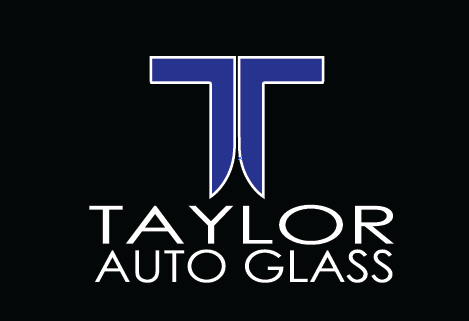We may not be in the business of developing self-driving cars here at Taylor Auto Glass, but that doesn’t mean we aren’t intrigued by the technologies being developed for this game-changing automobile.
You have likely heard about the phenomenon known as the Google Self-Driving Car Project, which has been recently renamed Waymo (which loosely stands for “a new way forward in mobility”). Though it’s still being tested and developed, the self-driving car could be revolutionary in reducing accidents and assisting elderly or handicapped drivers.
It sounds like something from a sci-fi novel: a car that can maneuver around pedestrians, stop at red lights, steer through rush hour traffic, and avoid fender-benders all on its own. But we assure you, the technology is out there and, frankly, it’s pretty impressive. So how does this contraption work? Here are the technologies that make this self-driving phenomenon:
The Hardware and Software of the Google Self-Driving Car
1. Lasers
Mounted on top of every vehicle used by Waymo is a goofy looking whirling laser range finder. Using dozens of lasers to interpret the surroundings of the car, the contraption swivels 360 degrees to capture every sidewalk and stray shopping cart.
2. GPS and Google Maps
When the lasers aren’t enough, enter Google Maps. This technology is already a core part of almost every driver’s navigational experience, and it makes sense that it would be used in the self-driving cars to enhance the interpretation of the information gathered via lasers.
In addition, Waymo is beefing up GPS technologies, including its POS LVGPS navigation system, gyroscopes, altimeters, odometers, and many more specific tools to better pinpoint a vehicle’s location.
3. Cameras
The self-driving car has a number of mounted cameras on its exterior, taking multiple angles of 2D photos that can be interpreted together to gather information about depth and distance. There is also a camera mounted to the rear view mirror to capture traffic lights and signs.
4. Radar
This technology is used to estimate distance and speed of potential obstacles, and reacts by applying brakes, swerving, or preparing seat belts for impact.
5. Software
These above technologies can gather all of the information needed to drive a car without human intervention, but only if there is a way to interpret the information. This is where onboard processing software comes in, with algorithms that join these various types of knowledge into usable information on the road.
The Google self-driving car isn’t ready yet, but we can’t wait to test-drive one of those babies. Or is it called a test-ride? Either way, it will be a revolutionary change in the automobile industry, and we can’t wait to witness it.
- Driving with a Cracked Windshield is Dangerous! - November 28, 2019
- Common Causes of Windshield Cracks: What You Need to Know - November 20, 2019
- The Best Road Trip Snacks for Kids - November 20, 2019








